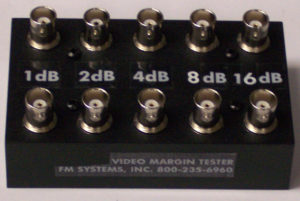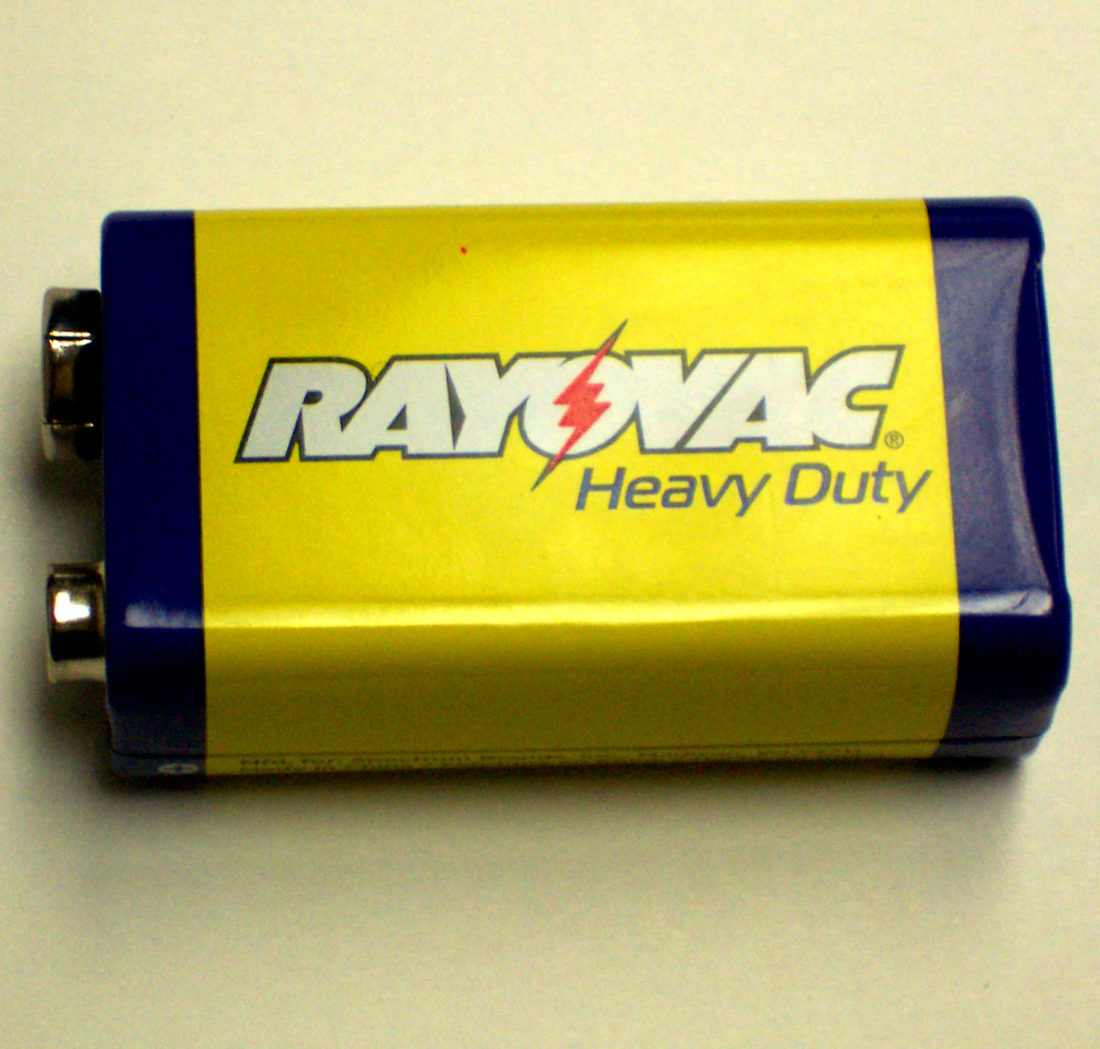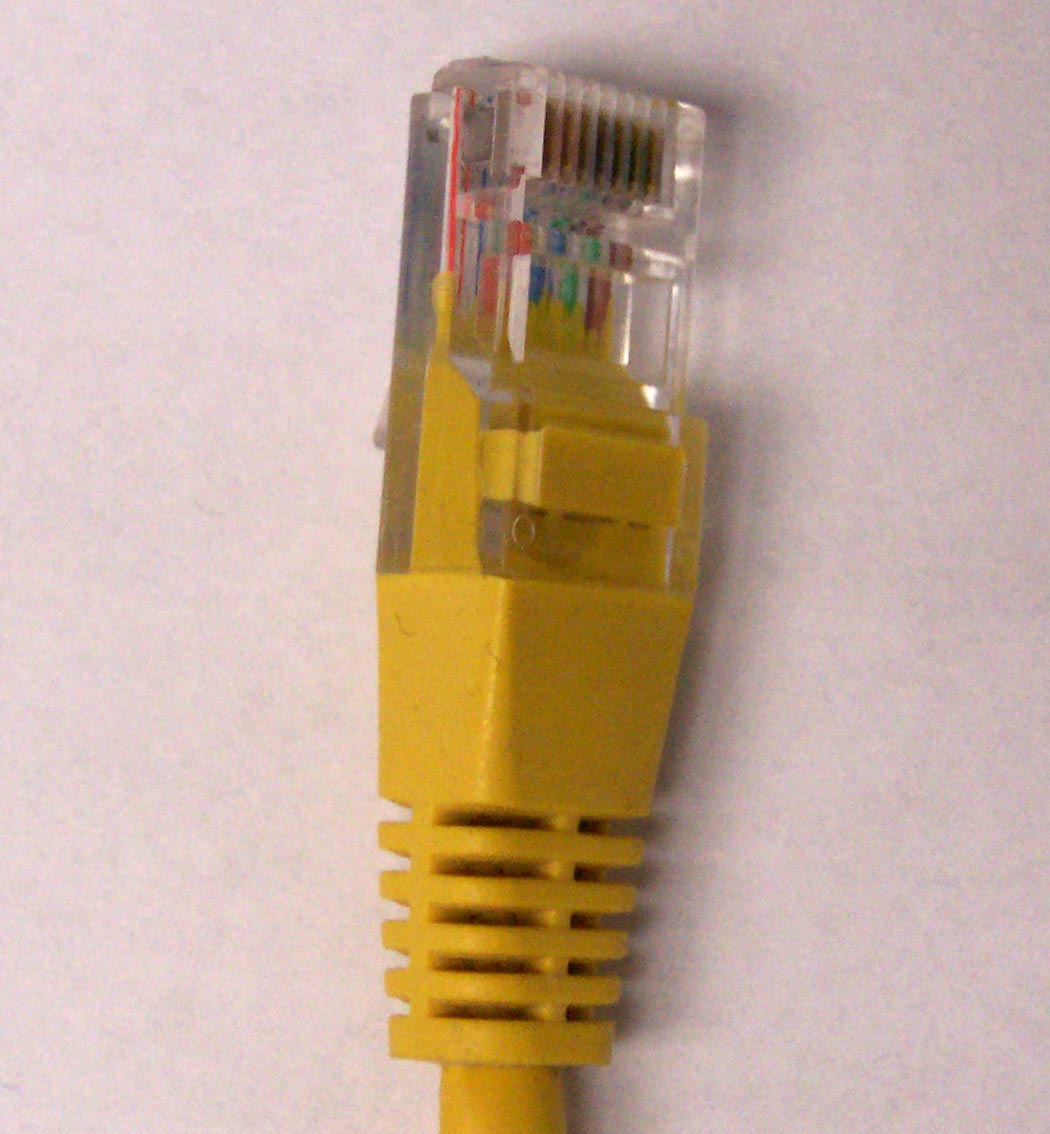SDI VIDEO MARGIN, WHAT IS IT, AND WHY SHOULD YOU CARE?
SDI VIDEO MARGIN, WHAT IS IT, AND WHY SHOULD YOU CARE?
By: Don McClatchie
SDI video has been around for some time now and there are some new installation techniques and tricks of the trade for the installer to use. The advantages of using SDI digital video are obvious. Higher definition video is available, the cable slope loss will not degrade the video image, and when you connect the coaxial cables you get a picture that is as sharp and clear as the camera can produce. That is of course, if you get a picture at all.
SDI video does have its limitations and when you reach those limits you will get a total failure of the system to deliver any kind of a picture at all. Unlike the old analog cameras that would give you a dull washed out picture when the signal level was too low, SDI video will give you a perfect picture until the cable loss reaches beyond the minimum allowable signal and then you suddenly get no picture at all or intermittent operation. This effect is called the digital cliff, because like walking off a cliff, everything is great till you take the last step off the edge and then all is lost.
VIDEO MARGIN is the amount of signal level above the digital cliff that you have in your system to prevent a failure from occurring. The question is how much margin is there in your SDI video system, how close are you to falling off the cliff, and how can you measure it?
First let’s look at what causes this loss of the digital signal. Signal level loss and high frequency roll-off in the coaxial cable also called “cable slope loss” are the main causes of most failure. Reactive loss is the predominant loss of signal level in coaxial cable and is caused by the distributed inductance of the cable conductors and the distributed capacitance between the center conductor and outer shield with a small additional loss due to the loop resistance of the conductors. The insulating material effects cable loss the most and the uniformity of manufacture of the cable.
Small changes or irregularities in the manufacturing process and non-uniform insulation thickness on the cable can cause a long cable to have unusually high loss. Coaxial cable loss is also affected by the temperature and humidity, not to mention water infiltration into the cables outer jacket and inner cable insulation. This loss will directly affect the maximum distance you can go with a coaxial cable and it can change with time. Temperature effects are a daily change in the loss of the coaxial cable. It is the temperature changes that cause “Suck Out”, that is when the cables center conductor moves in and out because the copper shield expands and contracts a different amount than the center conductor. However, humidity and water intrusion is a lasting slowly progressive loss that will take the system down over time.
Because the HD-SDI signal has a data rate of 1.485 Gbit that reaches frequencies upward of 743MHz the diameter of the insulation must be very closely controlled over the entire length of the cable. Some manufactures control these parameters better than others, so if you find a good manufactured cable stick to using that brand for repeatable results. The manor in which the cable is handled and installed will also have a great effect on cable loss and over all system integrity.
When installing coaxial cable try not to stretch the cable when pulling it into conduit, this permanently changes the wire diameter and insulation thickness damaging the cable and creating greater loss in the cable. Also twisting, kinking, or bending the cable in a radius sharper than 20 times its diameter will create additional loss in the cable.
So now that you have installed your SDI system, how do you test for the margin? What you need to know is how much additional loss your systems can take before it fails and how close are you to having a failure? You will want to know if you are on the edge of the digital cliff before you finish the job so you can walk away with confidence that the system will continue to operate when cable losses change slightly.
The easiest way to test for this margin is to use the DMT-31 SDI VIDEO MARGIN TESTER to insert a know amount of loss in steps into the signal path and see how much additional loss the system can stand and still deliver a picture. This loss is measured on a dB scale, and you should have at least 4 dB margin for a safe operating system. A loss of 4dB is the equivalent of a 37% drop in the operating level of the system. By using the other loss steps on the DMT-31 you can determine if you have enough margin to reliably operate the system under all conditions. This unit will insert up to 31 dB of attenuation in 1 dB steps so you can precisely determine your system margin to guarantee reliable operation.
The DMT-31 is a low cost inline attenuator for testing SDI video margin equipped with BNC connectors to fit your coaxial cables. Simply loop your SDI video signal through the unit starting with the highest attenuation and when the system displays a picture you will know the amount of margin your system has and then you will know with confidence how much additional loss the system can withstand. Most importantly you will know that your system is not sitting at the edge of the digital cliff waiting to fall off. Measuring this margin is a must do for all installations to give you the security of knowing your system can withstanding additional loss and still operate properly. You can also use the unit to perform periotic testing to insure you maintain your margin of operating safety.
CLICK HERE to see more about the DMT-31 SDI VIDEO MARGIN TESTER





